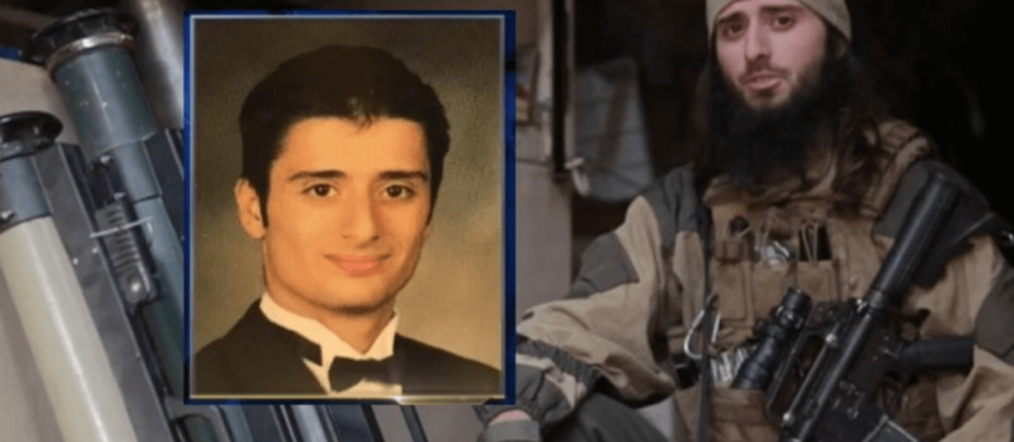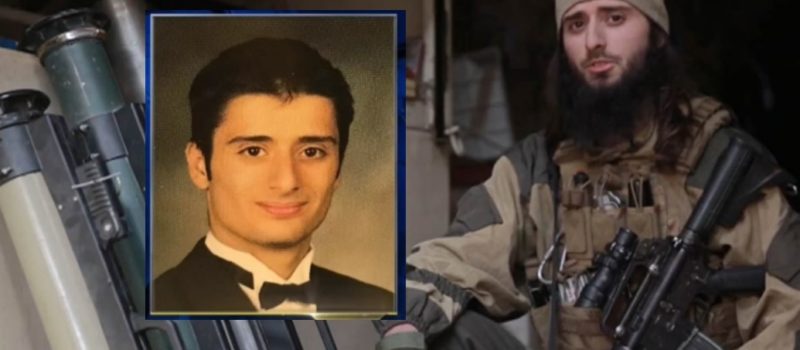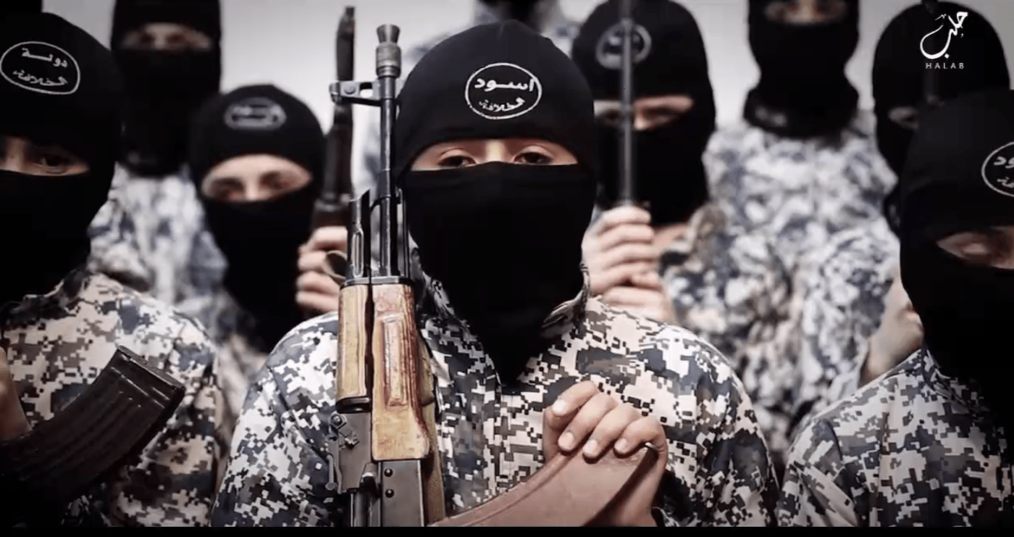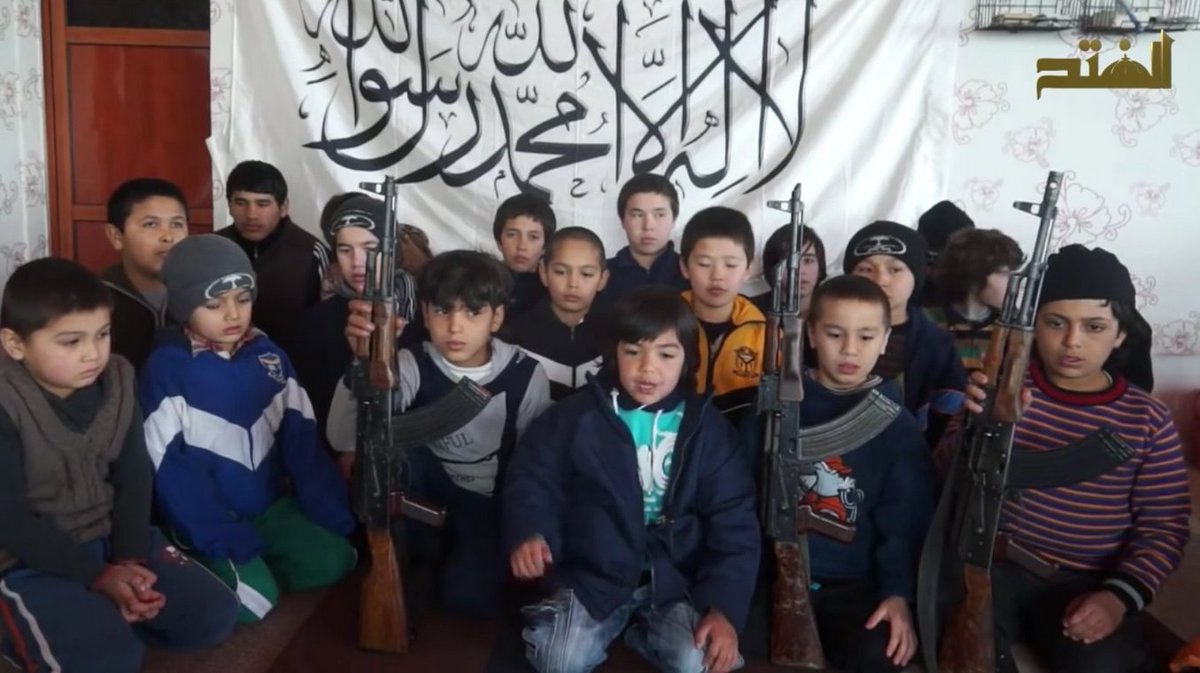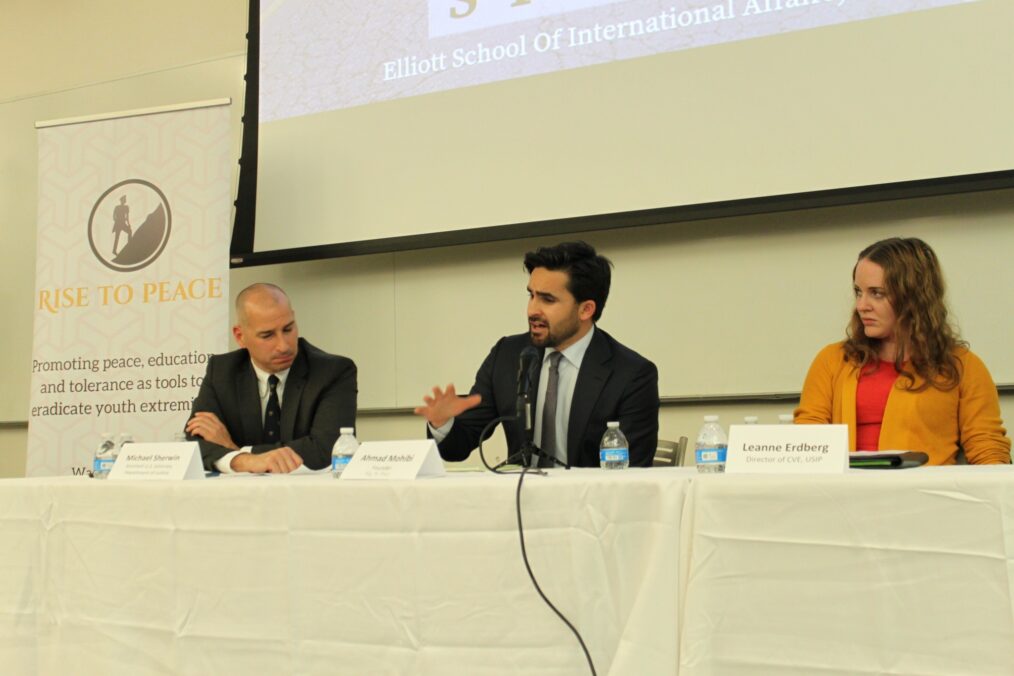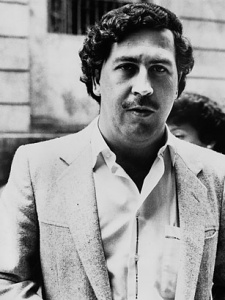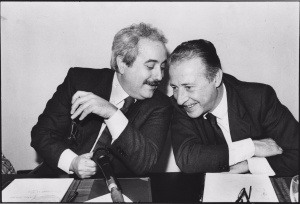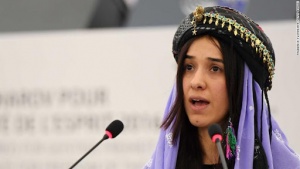In early 2018, news emerged that a 25-year old from New Jersey was fighting as a commander for the Islamic State in the Levant. Zulfi Hoxha, who goes by the kunya Abu Hamza al-Amriki, initially became famous in jihadist circles after participating in a beheading of a Kurdish soldier. Hoxha is now a major propaganda figure in the terror network.
Hoxha’s family immigrated to the United States roughly forty years ago from Albania. His family spent much of their time in America owning and operating a restaurant in Atlantic City, New Jersey. Growing up with two brothers and a sister, Hoxha had a relatively stable upbringing. However, when Hoxha was only thirteen years old, his father passed away.
Shortly following the death of his father, Hoxha’s family sold the restaurant. Following the New York Police Department’s radicalization model, stage two of the radicalization process often begins with a catalyst event that challenges one’s beliefs. Hoxha regularly attended a mosque in Atlantic City, however, it is not immediately clear which mosque he attended. Hoxha’s mother, Ltefaji, stated that her son Hoxha “hated” the people at the mosque.
Growing up in New Jersey, Hoxha was a member of the 1.8% of the population that adheres to the Islamic faith. Being the child of immigrants, particularly from Albania, it is possible that Hoxha felt, at times, like an outcast. Former high school classmates of Hoxha shared that he was a loner and socially ‘goofy’.
There is an Islamic Center that caters to Sunni Albanians in northern New Jersey, but it is unlikely that his family would make this commute on a regular basis. In Atlantic City, there is the Masjid al-Furgaan Mosque as well as the Muslim Community Organization of South Jersey organization. Both of these religious institutions adhere to Salafist Islamic beliefs. Hoxha had a consistent presence on social media as well as on various gaming networks. The content of many of his messages indicates that Hoxha was adopting extremist views.
Hoxha left for Syria in 2015. After arriving in the country he sent a message to a friend stating that he was “in the safe house”. This message was followed by a statement indicating that he would be engaging in three months of further training. Hoxha’s mother, Ltefaji, confirmed that she spoke with her son in early 2017. However, she has not been contacted by him since. It is believed that Hoxha is still alive, his departure and increasing isolation from family may be attributed to his further radicalization. Moreover, this could be an attempt to prevent himself from being tracked or targeted by the United States.
Hoxha demonstrated several signs of being on the path to radicalization. He should have been considered ‘high-risk’. A strong comparison can be made to Hoxha’s ‘profile’ and radicalization process and the recruitment process of various street gangs in the United States. Relative instability within immigrant communities, who have not fully assimilated to American society, often breeds a situation that drives youth from these communities to group together.
This instability is often enhanced by the social and economic marginalization of these communities. The death of Hoxha’s father occurred during a critical developmental period of his life. This was followed quickly by the departure of his family’s longstanding business (i.e. a catalyst event). When one becomes radicalized it often follows a significant life event.
Up to 75% of domestic jihadists knew or were in contact with another jihadist prior to becoming radicalized. With Salafist organizations operating in the small Muslim community in Atlantic City, it is plausible that someone from within this community introduced some extremist beliefs to Hoxha. These beliefs, paired with perceived marginalization that Hoxha likely felt as an immigrant minority, made him highly vulnerable to further Salafist recruiting.
The proximity to Salafist organizations within the Islamic community that Hoxha belonged to cannot be ignored. Furthermore, Hoxha would have been increasingly vulnerable to online recruiting as he was a documented user of social media platforms and gaming platforms that the Islamic State uses to recruit youth.
Intervention programs, used by many major cities in an effort to address high-risk youth and young adults, could be reformatted to be applied to a counter-terrorism model. By focusing resources on major population centers, a model can be shaped and altered as it evolves. In the case of Hoxha, working with Sunni Muslim religious figures in these areas to identify behaviors, trends, and individuals, a profile of risk can be established (i.e. high-risk, moderate-risk, low-risk). Intervention models indicate that the individual has shown some warning signs that have been identified by experts previously as being indicators of potential future behavior.
Through close cooperation with religious figures within the community, social workers, and law enforcement, various intervention programs can be applied to reduce radicalization.

